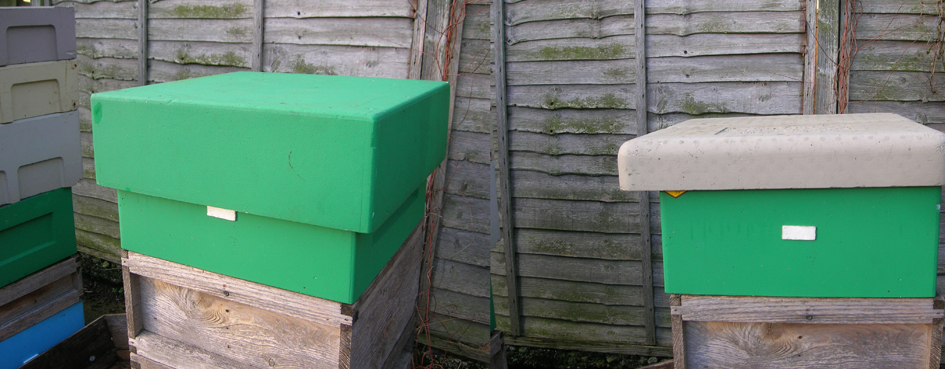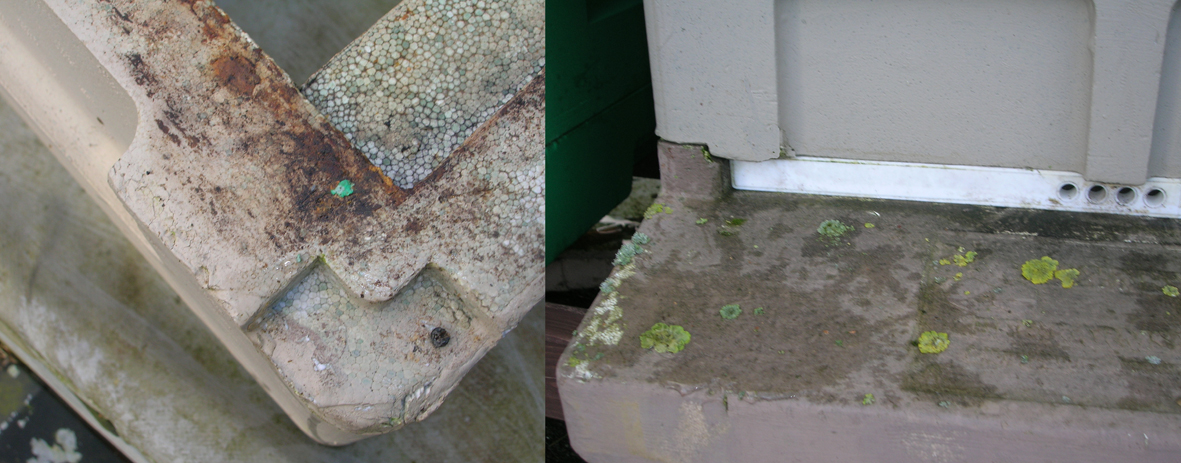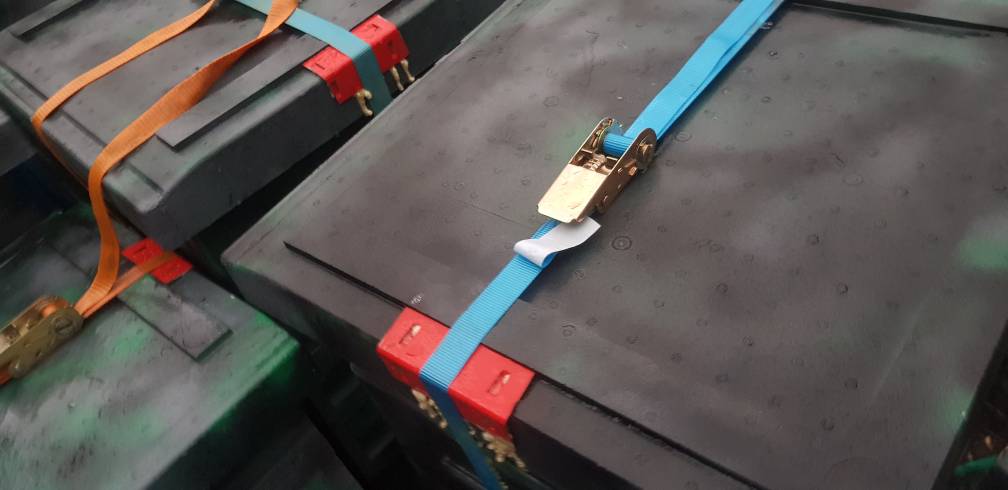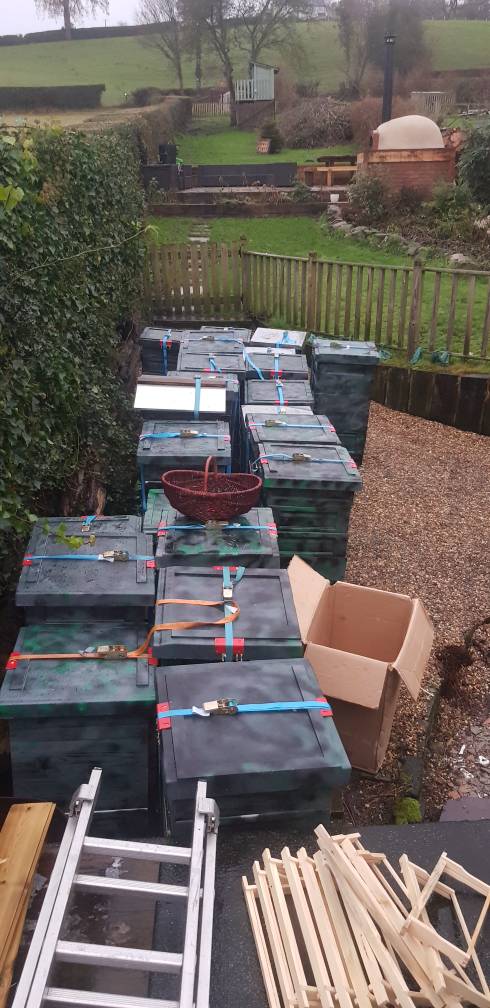To put you on the spot...
If you were starting out again as a commercial beekeeper, and cost wasn't an issue, what would be your set up from floor, through to roof, feeders, queen excluders, beespace, single double brood, poly/wood, national/lang/dadent etc...
Sent from my SM-N950F using Tapatalk
That's easy.
Start with using only ONE size of box, every box interchangeable with every other. Ultimate in flexibility...you can run 1, 2, brood...or even free run. We use all three systems, just at different stages of the season.
Simple flush floor...maybe with corner engaging places like the old German Kombi floor. (which we use in our poly setup) that takes simple flush edged Langstroth boxes.
You should budget on 4 to 5 deeps boxes (if that is what you choose) per hive.
Yes Langstroth. Its the easiest box to source internationally. Be careful with frame sizes as there are local variants...usually not huge variants. For example if you go with mediums...which are called supers for the most part here, and then order shallow frames......they will be a good inch short.....the normally international shallow box is called a super most places, a medium in North America, and Dadant depth here (we just HAVE to be different!), so check your ordering twice...and if possible buy against sample.
(Quite some years ago a UK maker made 5000 frames for me for supers...and when they turned up it was the wrong depth of sidebars..their fault...they replaced them FOC, but with the fragmented UK market they had firewood for kindling for some years....).
Wire your frames...not your wax. Unwired wax into wired frames....much cheaper foundation and far quicker rewaxing. Harder start up as you have the frames to wire ( buy GOOD wire, not off the shelf stretchy rubbish) which takes time (and thus money) but it pays itelf back many time over the life of the frame. All that only applies if you cannot buy them in fully assembled and wired which we do now.
Have a metal excluder, framed to bee space, for every hive. The more your bees tend to Amm the more important hat becomes....they especially are not fond of plastic excluders (or foundation) whereas carnies or buckfasts are less fussy.
Have a poly feeder...a big oe...3 galls...for every hive and feed it full in autumn and leave the hive completely alone (the odd nosey aside) until spring.
Its the cheapest way to buy gear. All Langstroth and source standard from anywhere you can get the best price.
...........says the man just setting up 750 new WOODEN hives.
That's a long story involving reselling of full hives and landowners dislike of poly on some heather estates. For simple basic beefarming the one size poly only Langstroth only is the way to go.
If poly is too expensive for you or you do not like it for some reason....keep to the same rules with wooden hives......there are some great deals out there if you really shop around....I mean REALLY shop around...your best price is not often found in the UK (but can be).























































